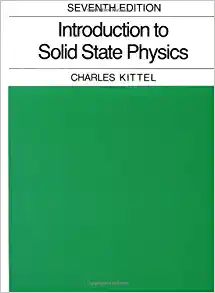Question
Please take your time with these questions to get the right answer. Thermodynamics/Engine Physics -- Highschool College Level -- 1. (part 1 of 3) Two
Please take your time with these questions to get the right answer.
Thermodynamics/Engine Physics
-- Highschool <--> College Level --
1. (part 1 of 3) Two moles of helium gas initially at 257 K and 0.42 atm are compressed isothermally to 1.88 atm. Find the final volume of the gas. Assume that helium behaves as an ideal gas. The universal gas constant is 8.31451 J/K mol. Answer in units of m^3 .
2. (part 2 of 3) Find the work done by the gas. Answer in units of kJ.
3. (part 3 of 3) Find the thermal energy transferred. Answer in units of kJ.
4. An engine using 1 mol of an ideal gas initially at 19.8 L and 357 K performs a cycle consisting of four steps:
1) an isothermal expansion at 357 K from 19.8 L to 37.4 L ;
2) cooling at constant volume to 235 K ;
3) an isothermal compression to its original volume of 19.8 L; and
4) heating at constant volume to its original temperature of 357 K.
Find its efficiency. Assume that the heat capacity is 21 J/K and the universal gas constant is
0.08206 L atm/mol/K = 8.314 J/mol/K. Answer % and non %.
5. The interior of a refrigerator has a surface area of 5.5 m^2. It is insulated by a 2.1 cm thick material that has a thermal conductivity of 0.0269 J/m s C. The ratio of the heat extracted from the interior to the work done by the motor is 8.2% of the theoretical maximum. The temperature of the room is 34.8 C, and the temperature inside the refrigerator is 0.8 C. Determine the power required to run the compressor. Answer in units of W.
Step by Step Solution
There are 3 Steps involved in it
Step: 1

Get Instant Access to Expert-Tailored Solutions
See step-by-step solutions with expert insights and AI powered tools for academic success
Step: 2

Step: 3

Ace Your Homework with AI
Get the answers you need in no time with our AI-driven, step-by-step assistance
Get Started


